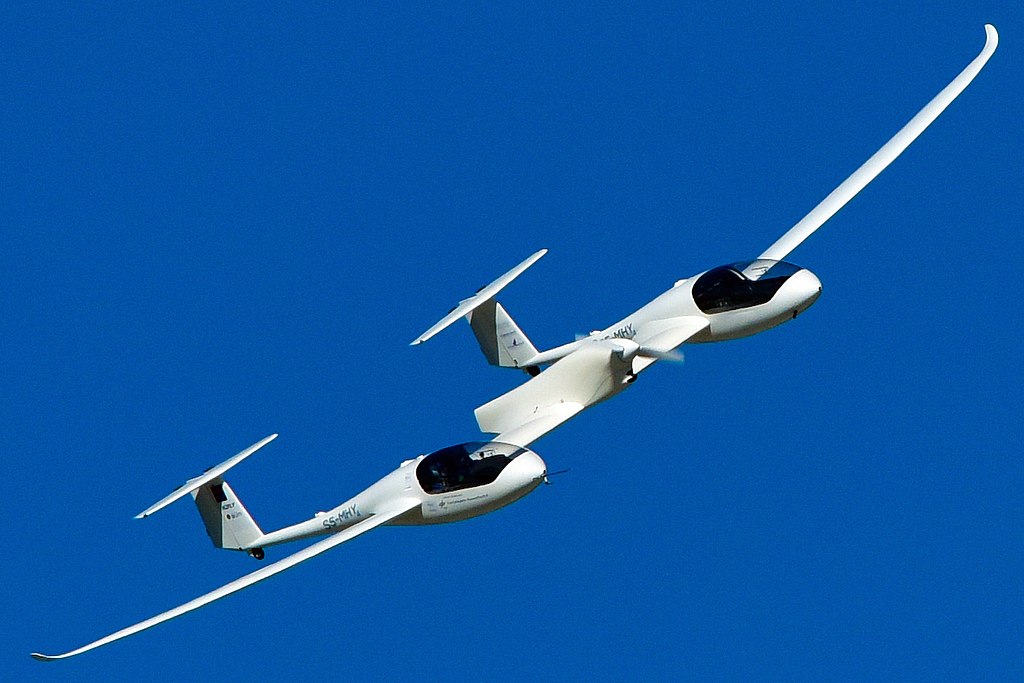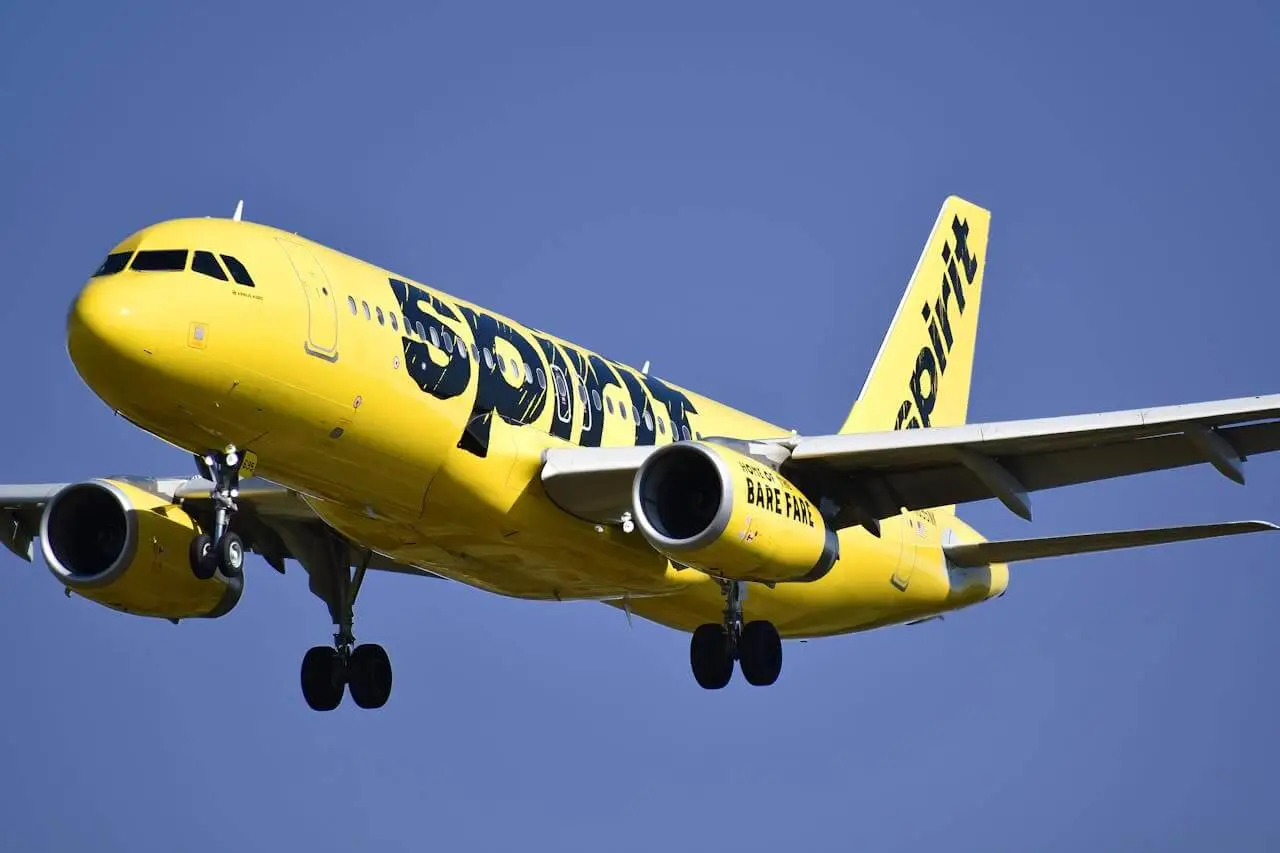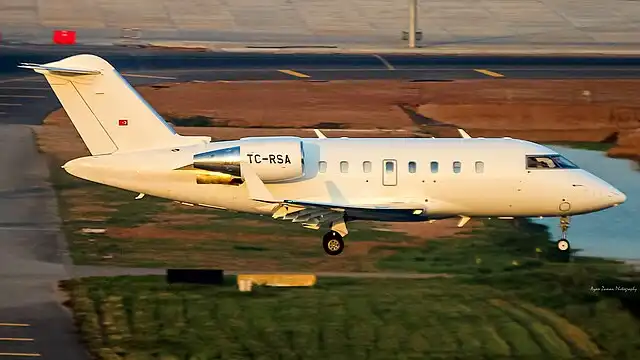The aviation industry stands at a critical crossroads as pressure mounts to reduce its environmental footprint. Hydrogen-powered aircraft have emerged as the potential savior for an industry struggling with sustainability challenges. However, despite the growing enthusiasm from manufacturers and airlines, significant technological and infrastructural barriers remain unresolved. The journey toward implementing hydrogen as a viable aviation fuel illustrates both the promise and complications of decarbonizing one of the most difficult-to-abate sectors in transportation.
The False Promise Behind Hydrogen-Powered Aircraft Technology
When examining the current state of hydrogen-powered aircraft development, several manufacturers have made ambitious claims about timelines. Companies like ZeroAvia and Universal Hydrogen have announced plans for commercial hydrogen flights within this decade. Yet experts from the International Council on Clean Transportation caution that these timelines may be overly optimistic given the technical challenges still unresolved.
The fundamental appeal of hydrogen fuel lies in its clean-burning properties—when consumed in a fuel cell or combustion engine, the only byproduct is water vapor. This represents a dramatic improvement over conventional jet fuel, which releases carbon dioxide, nitrogen oxides, and particulate matter. Nevertheless, hydrogen-powered aircraft face significant hurdles in practical implementation:
- Storage density challenges requiring redesigned fuselage structures
- Safety concerns surrounding highly pressurized hydrogen containment
- Ground infrastructure requirements at thousands of airports globally
- Production energy inefficiencies compared to sustainable aviation fuels

How Hydrogen-Powered Aircraft Impact Climate Targets and Industry Economics
The race to develop viable hydrogen-powered aircraft has accelerated as climate targets become more stringent. With aviation responsible for approximately 2.5% of global carbon emissions—a figure projected to increase substantially—alternative propulsion technologies are not merely desirable but essential for the industry’s future viability.
Economically, the transition to hydrogen-powered aircraft presents a complex equation. While operating costs might eventually become competitive due to increasing carbon taxation, the initial investment required for research, development, and infrastructure represents a significant barrier. According to analysis from McKinsey & Company, the total cost of ownership for hydrogen aircraft may not reach parity with conventional aircraft until the 2040s without substantial governmental support and incentives.
Furthermore, regional and short-haul routes represent the most promising initial applications for hydrogen-powered aircraft. Companies focusing on smaller aircraft (15-50 passengers) with ranges under 500 miles have demonstrated the most concrete progress. These smaller aircraft serve as critical technological stepping stones, though they represent only a fraction of aviation’s total emissions.
The Regulatory Pathway and Commercial Timeline for Hydrogen Flight
Regulators worldwide are scrambling to develop certification frameworks for hydrogen-powered aircraft. The European Union Aviation Safety Agency (EASA) and the Federal Aviation Administration (FAA) have initiated special programs to address the novel safety considerations these aircraft present. This regulatory development runs parallel to technological advancement, with each influencing the other’s trajectory.
Industry projections suggest that the first commercial passenger flights utilizing hydrogen-powered aircraft may commence around 2027-2028, though these will likely be limited demonstrations rather than regular service. Widespread commercial deployment of hydrogen technology across significant portions of the global fleet remains a post-2035 prospect at the earliest.
The competing pathways for hydrogen utilization in aviation illustrate the technological complexity at play:
- Hydrogen fuel cells powering electric motors offer the highest efficiency but face power density limitations
- Direct hydrogen combustion in modified gas turbines provides greater compatibility with existing aircraft architectures
- Hybrid approaches combining both technologies may offer transitional benefits
For hydrogen-powered aircraft to succeed, collaboration across the entire aviation ecosystem is essential. Aircraft manufacturers, energy companies, airport operators, and regulatory bodies must coordinate effectively—a challenge given the traditionally siloed nature of these sectors.

As the aviation industry continues its difficult path toward decarbonization, hydrogen-powered aircraft represent one promising—though challenging—technology pathway. Their successful development and deployment will require unprecedented levels of investment, innovation, and cooperation across multiple sectors. Whether hydrogen truly represents aviation’s sustainable future or merely one component of a diverse propulsion ecosystem remains to be seen. What’s clear is that the environmental imperatives driving this transition will only intensify in the coming decades, making some form of aviation propulsion revolution inevitable.










